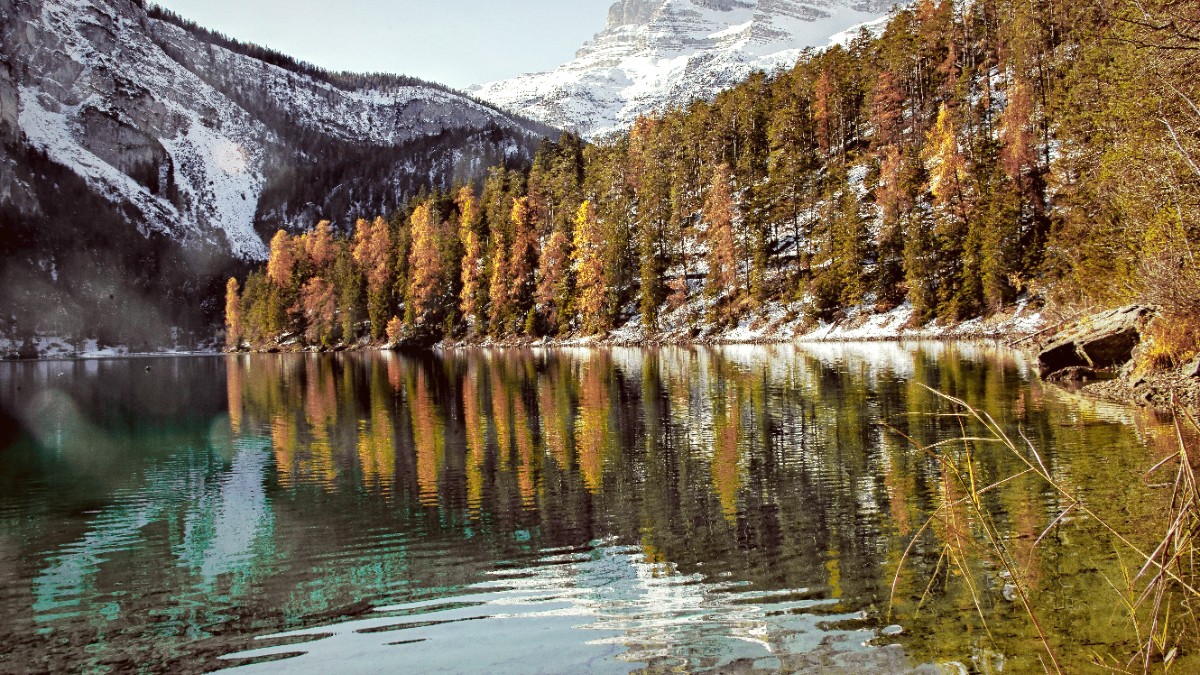
Trentino Alto Adige, Italy
The public transit system mainly comprises urban and suburban buses, operated by Trentino Trasporti. A local train line, the Trento-Malè-Mezzana railway, also serves as an important link, connecting Trento northward through the Val di Non and Val di Sole.
Buses generally operate from early morning (around 5:30/6:00 AM) until late evening (around 9:00/10:00 PM). Service frequency varies by route, with main routes seeing buses every 10-20 minutes during peak hours. Service is reduced on Sundays and public holidays.
This app allows digital ticket purchases and journey planning on the public transport network.
Tickets sometimes available from bus drivers, but typically more expensive. Drivers may not always have change.
Newer buses are generally wheelchair accessible. Pedestrianized areas are mostly flat. Older parts may have limited accessibility.
White taxis with "TAXI" sign on the roof.
Find at designated stands (train station, Piazza Duomo) or call. Hailing on street is less common.
Metered fares, flag-drop fee, extra charges for luggage/night. Short ride: €8-€15. Cash accepted, some cards.
Uber is not widely available. Local licensed taxi apps like IT Taxi may be an option.
Drive on the right. Seatbelts mandatory for all. Headlights in tunnels. Strict drinking and driving limits (0.05% BAC).
Generally good. Mountain roads can be winding, steep, and narrow. Snow tires or chains are mandatory in winter for designated areas.
Limited and paid in city center. Blue lines: paid parking. White lines: free (rare). Yellow lines: reserved. Parking garages like Piazza Fiera or Monte Baldo.
Trento's compact city center and scenic surroundings make walking and cycling appealing ways to explore.
Trento has a growing network of dedicated cycle paths, with the long-distance Adige Cycle Path being most prominent.
Path runs north-south through the valley, mostly flat.
Always wear a helmet (recommended), use lights if cycling in low light. Be aware of pedestrians and other cyclists.
Suitable for all ages and skill levels.
No specific "no-go" areas. Avoid walking or cycling on busy main roads lacking sidewalks or dedicated bike lanes.
Mountain trails need appropriate gear and experience.
Trento's well-integrated transport network and walkable core mean many options for getting around.
Choose the mode that best suits your daily exploration plans and travel style.